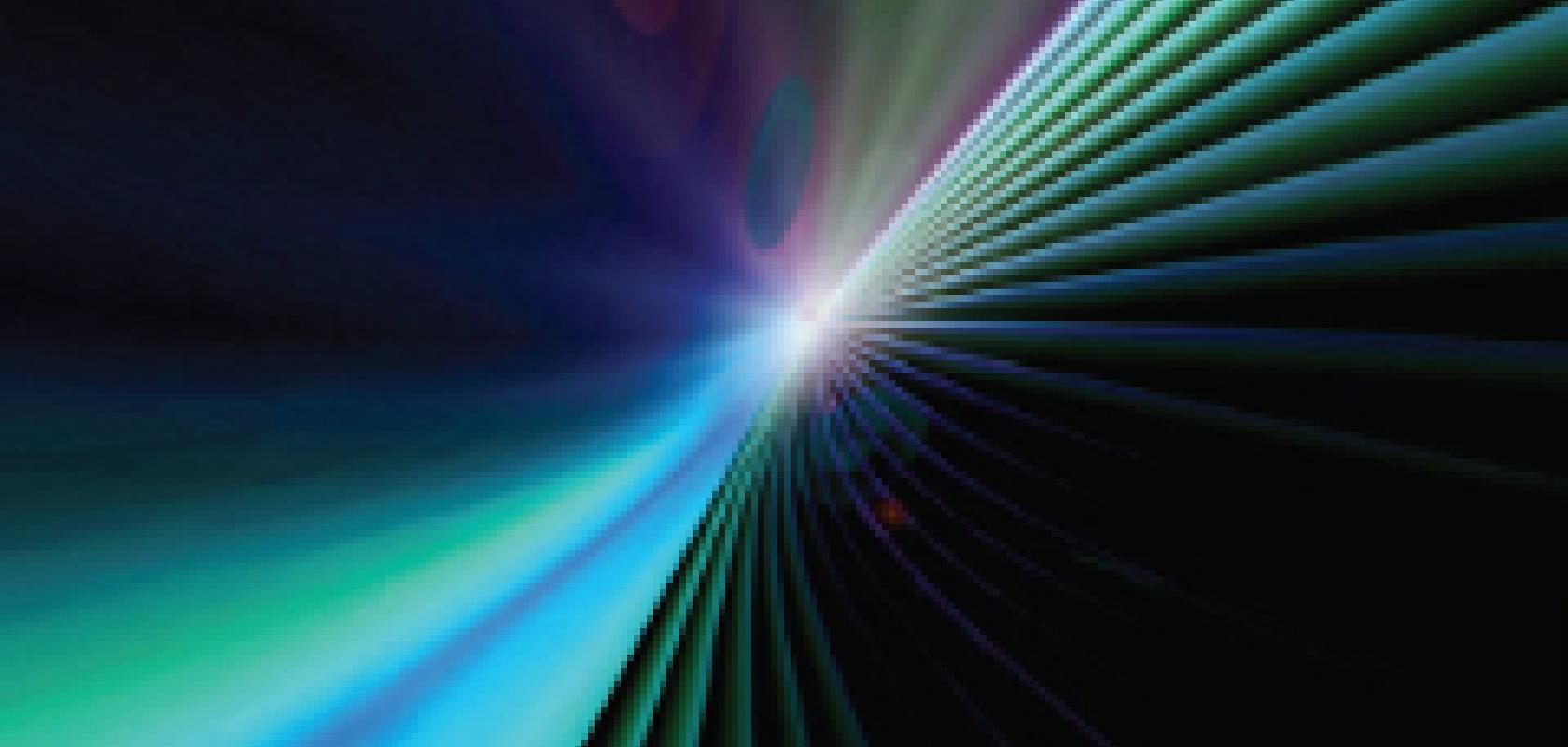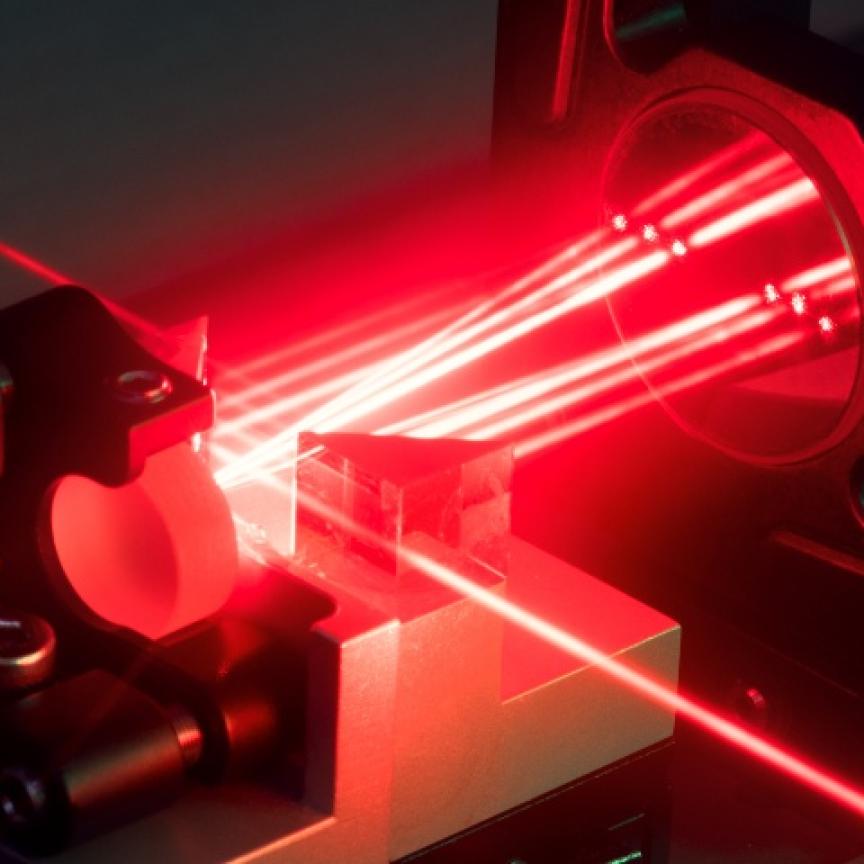Ultra-short-pulse (USP) laser processing of microstructures, many times faster than nanosecond pulsed laser systems, has been achieved with new optics developed by the Fraunhofer Institute for Laser Technology ILT.
Whether for lithographic masks, microsieves or functional surfaces for components or tools that are subject to high tribological stresses, an increasing number of applications require a micro-structured surface – and over an ever-larger area. Nanosecond pulsed lasers are used now because of their cost efficiency.
What is expected to make USP lasers viable as a replacement for nanosecond systems is the effect of new optics that split the laser beam into several beamlets – potentially up to 144. The Institute claims this allows the output of high-power USP lasers, typically with pulses in the pico- or femto-second range, to be fully exploited for cost-efficient micro-processing. The Institute also claims that this multi-beamlet approach will also deliver significant reductions in process costs. Fraunhofer has developed a prototype machine and it is to be developed further, to industrialise it. The long-term goal is to use multi-hundred-watt lasers for the micro-structuring. Today, only a fraction of the laser output available to industry, 50 to 100W, can be used with the USP laser as there are limitations to the maximum power that can be applied to the workpiece. Injecting too much power with such a small focus leads to plasma formation and thermal effects. The reason, however, why USP lasers have been investigated is because a drawback with nanosecond lasers is the melting effects associated with their use. The melting means the workpiece needs extensive post-processing and these effects limit the resolution of the micro structuring. The fabrication of micrometer-scale structures calls for especially precise processing of the work pieces, and USP lasers can achieve this. The USP laser has a tolerance range of just a few micrometers along with very high depth resolution, which is in the region of a hundred nanometres. This very local effect and the very high beam intensities possible with USP lasers mean functional surface structures can be created, and no post-processing is required because there are none of the melting effects seen with nanosecond lasers.
The reason why USP lasers are not being employed now, and Fraunhofer is still to develop its prototype system into an industrial product, is because USP lasers have low ablation rates. The processing times are very long compared with those of the nanosecond range. Another challenge is having so many beams in close proximity. Stephan Eifle is Fraunhofer’s project leader for this USP application. He told Electro Optics: ‘With so many beams that are close together, you have to look at how beams interact.’ USP laser systems can be economical for some applications, but they are high-end products or tools for mass replication.
The way the researchers are getting round this is through the beam splitting. The splitting of a laser beam into 16 beamlets has already been demonstrated at Fraunhofer, and in a laboratory experiment experts tested a 144-beamlet system, proving that further scaling is possible. Referred to as beam parallelisation, the splitting allows the workpiece to be processed at periodically arranged points simultaneously, whether that is 16 beamlets, or 144. This simultaneous processing leads to an equivalent increase in processing speed.
This beam splitting is made possible by a diffractive optical element (DOE). The DOE consists of an array of microstructures, which are capable of producing virtually any type of intensity distribution behind the element by means of diffraction, depending on the design.
The Fraunhofer research team fitted the DOE between the beam source and a galvanometer scanner in such a way that the split laser beams are imaged in the galvanometer scanner. Focusing the beams using an f-theta lens produces a periodic array of processing points, which can then be moved over the workpiece.
This technology will be presented to the second USP workshop, which will take place in Aachen, Germany from 17 to 18 April.


